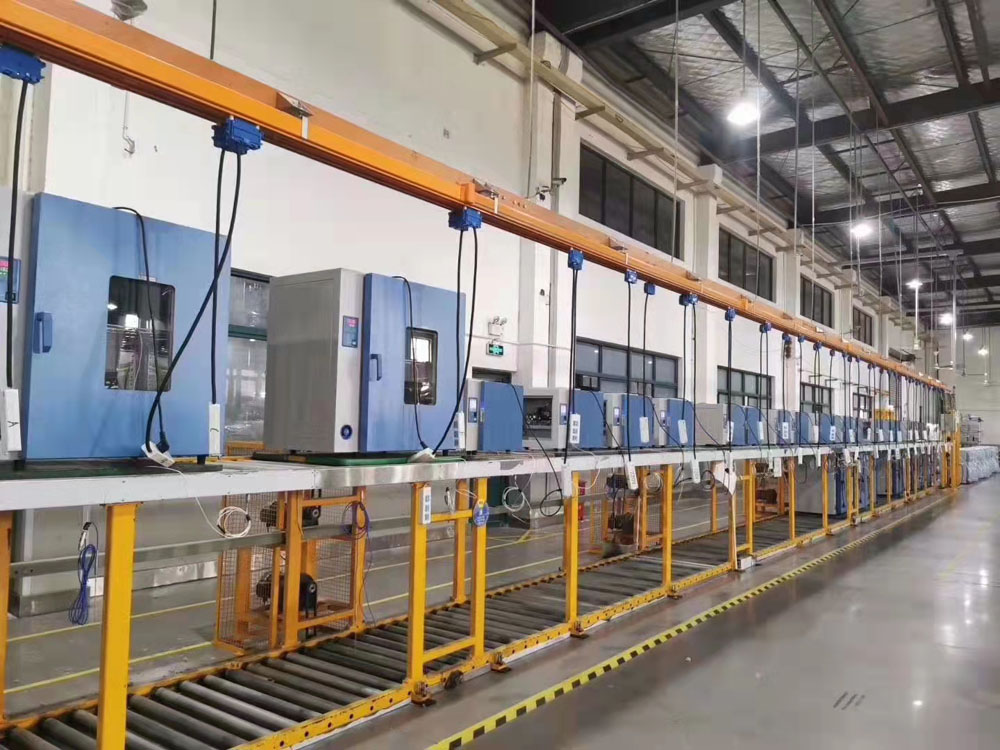
A baking oven for electronic components is typically used to dry or bake electronics at low temperatures. It can reduce the humidity in electronic components, or remove moisture that has been absorbed by the components during storage and use.
Model: TG-9140A
Capacity: 135L
Interior Dimension: 550*450*550 mm
Exterior dimension: 835*630*730 mm
Description
Climatest Symor® baking oven for electronic components operates at a controlled temperature and with a low humidity environment. The electronics are placed inside the oven, and heated for several hours to allow the moisture to be removed without damaging the interior components.
Specification
|
Model |
TG-9023A |
TG-9030A |
TG-9053A |
TG-9070A |
TG-9123A |
TG-9140A |
TG-9203A |
TG-9240A |
|
Capacity |
25L |
35L |
50L |
80L |
105L |
135L |
200L |
225L |
|
Interior Dim. (W*D*H)mm |
300*300*270 |
340*325*325 |
420*350*350 |
450*400*450 |
550*350*550 |
550*450*550 |
600*550*600 |
600*500*750 |
|
Exterior Dim. (W*D*H)mm |
585*480*440 |
625*510*495 |
700*530*515 |
735*585*620 |
835*530*725 |
835*630*730 |
885*730*795 |
890*685*930 |
|
Temperature Range |
RT+10°C ~ 200°C |
|||||||
|
Temperature Fluctuation |
± 1.0°C |
|||||||
|
Temperature Resolution |
0.1°C |
|||||||
|
Temperature Uniformity |
±2.5% (test point@100°C) |
|||||||
|
Shelves |
2PCS |
|||||||
|
Timing |
0~ 9999 min |
|||||||
|
Power Supply |
AC220V 50HZ |
|||||||
|
Ambient Temperature |
+5°C~ 40°C |
|||||||
What is baking oven for electronic components?
Baking oven works through heating to remove moisture from the electronic components. The oven typically provides a controlled temperature environment, which is settable according to the specific needs. The oven operates at various temperature ranges from 50°C to 150°C, depending on the types of components.
The baking process can take several hours, and during this time, the electronic components are exposed to the controlled environment. This allows the moisture absorbed by the components to be evaporated , but still don’t damage these components.
After the baking process is complete, the electronic parts need to be cooled slowly to avoid thermal shock. The baked components are then sealed in moisture-free packaging to prevent moisture absorption.
Overall, baking oven is optimal to maintain the integrity of your electronic parts, and greatly improve your production efficiency.
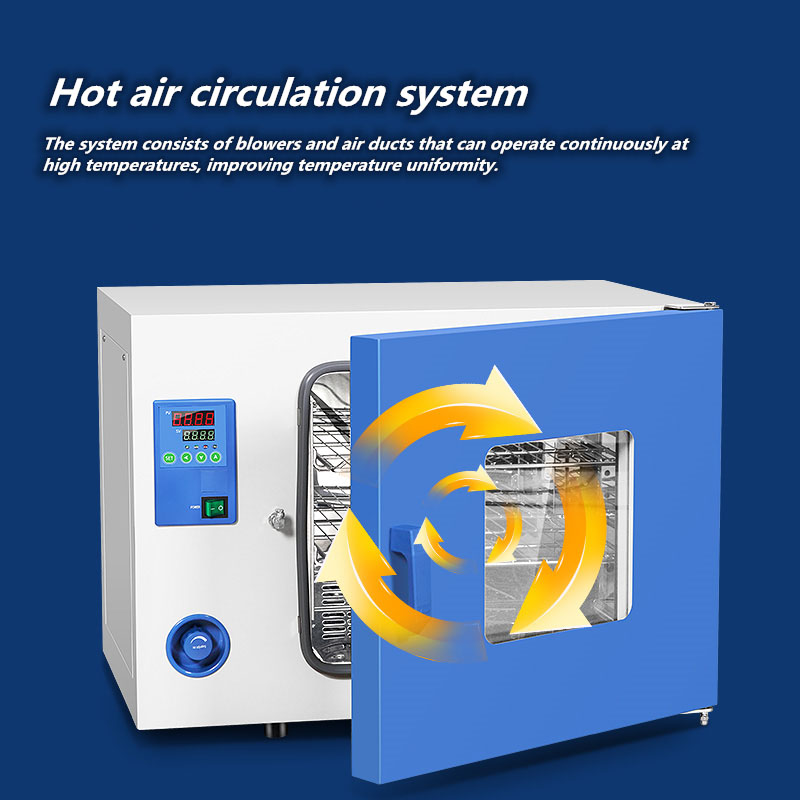
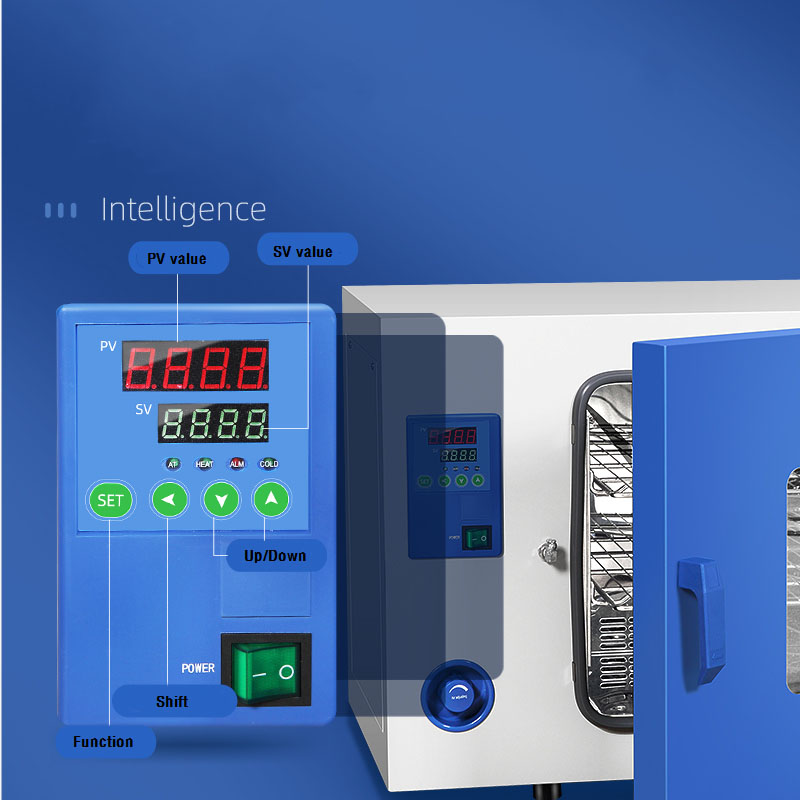
Feature
• Uniform temperature Control
• Quickly heat and dry samples, able to heat samples up to 200°C
• Stainless steel sus#304 inner oven and powder-coated steel plate exterior oven, corrosion resistant
• PID digtal display controller brings you accurate and reliable temperature control
• Low energy consumption, cost saving
Structure
A baking oven for electronic components generally consists of the following components:
•Interior oven: A closed enclosure where the products are placed for the baking process, the interior and shelves are made of stainless steel SUS304.
•Heater: To generate heat inside the chamber, the temperature can be adjusted according to the specific requirements.
•Fan: To circulate the air inside the chamber, ensuring that the heat is distributed evenly throughout the chamber, it also helps to remove moisture and maintain a low-humidity environment.
•Temperature sensors: To monitor the temperature inside the chamber. These sensors are connected to the control system.
•Exhaust System: To discharge any excess moisture or fumes that are produced during the baking process.
Overall, a baking oven for electronic components provides a controlled environment, it allows for the safe and effective removal of moisture from electronic components.
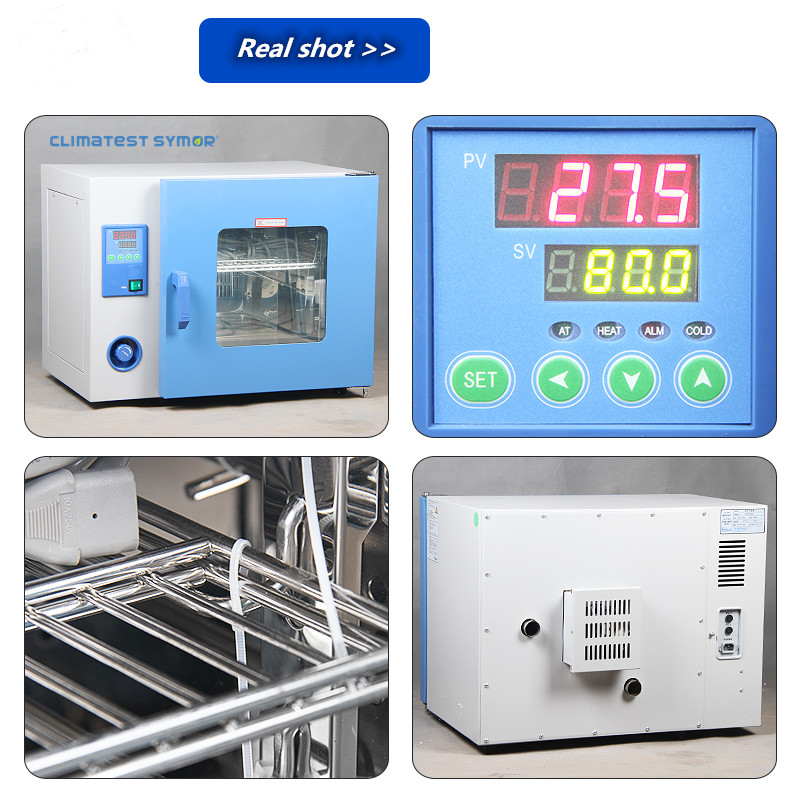
Application
Baking ovens for electronic components are widely used in electronic manufacturing, so as to remove moisture from electronic components after various manufacturing processes.
Here are a few examples of how drying ovens are applied in electronic manufacturing:
Surface Mount Technology (SMT): During the SMT process, electronic components are placed on PCBs (printed circuit boards) using a pick-and-place machine. After the components are placed, the boards go through a reflow oven where the solder paste is melted to connect the components to the board. Since the components and boards may absorb moisture during the process, a drying oven is used to remove any excess moisture and prevent potential failure due to moisture penetration.
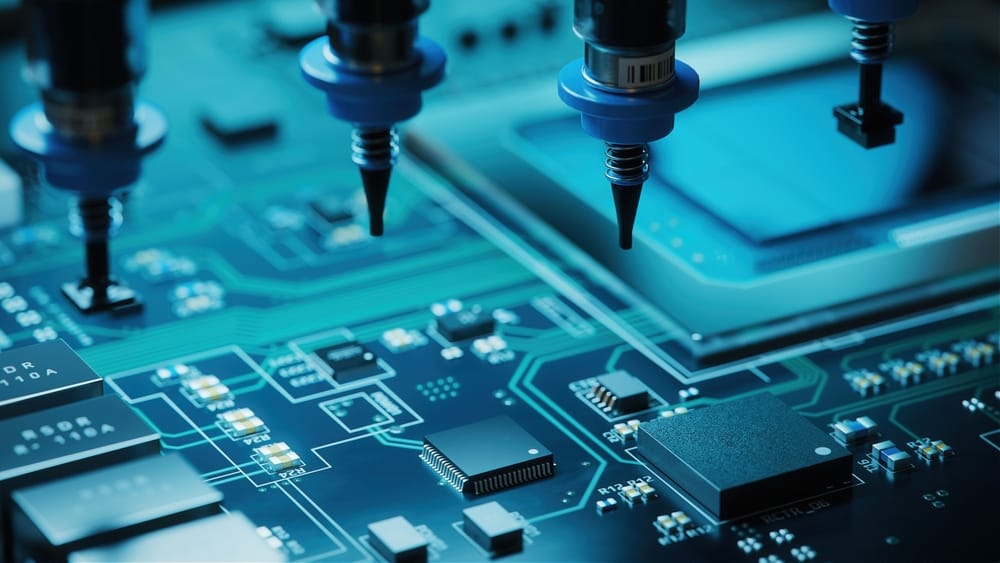
Wave Soldering: Wave soldering involves passing the bottom of the PCB over a pool of molten solder, which creates a solid joint between the PCB and electronic components. Before wave soldering, the PCB is washed with water-soluble flux to remove any oxidation from the board. The PCB is then passed through a drying oven to remove any remaining moisture before wave soldering so that the oxidation does not turn into contaminants during the soldering process.
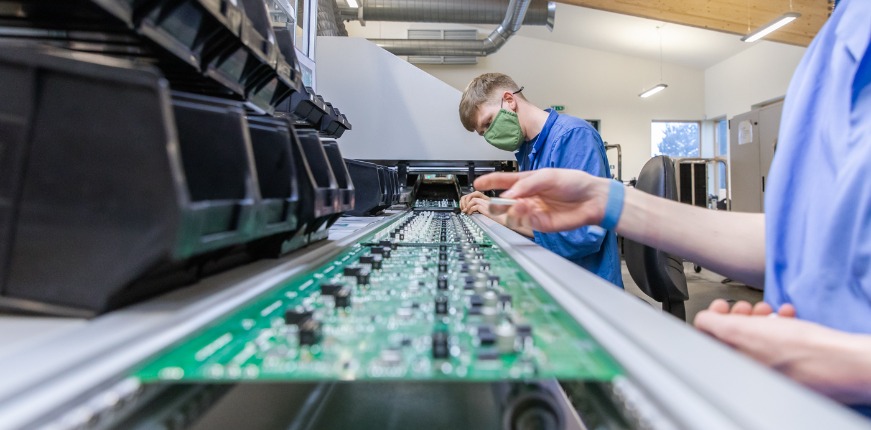
Potting and Encapsulation: To protect electronic devices from moisture, it's common practice to coat the device with a potting or encapsulation material that is waterproof. These materials usually contain a curing process that requires high temperature baking to ensure the complete curing of the material. This involves placing the device in the drying oven to cure the potting or encapsulation material.
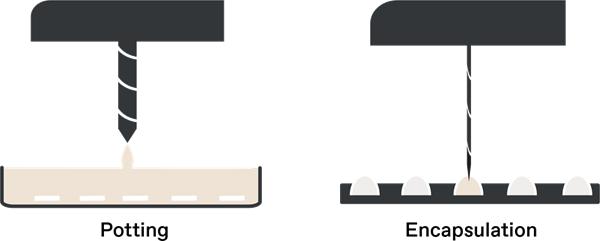
Solder Paste Application: Solder paste is commonly used to attach electronic components to PCBs before reflow soldering. The paste is made of metal particles and flux which are mixed into a paste form. Since the solder paste absorbs moisture, it is critical to dry the paste before use. Drying ovens are used to remove any moisture from the solder paste to ensure it adheres correctly and doesn't cause weak solder joints.
Baking ovens for electronic components are essential in modern electronics manufacturing. These ovens help to avoid potential electronic failure by removing moisture from various stages of the manufacturing process.
Frequently asked questions
Q: How do I clean a baking oven for electronic components?
A: You can clean the interior of the oven using mild cleaning agents or soapy water, and the racks and trays can be washed in a dishwasher. It is essential to clean the oven regularly to maintain its efficiency.
Q: How do I maintain a baking oven for electronic components?
A: Maintain a PCB drying oven by performing regular inspections, checking and replacing any worn-out parts, and performing regular cleaning. It is recommended to schedule routine maintenance and checks to ensure the oven remains in working condition.
Q: What is the ideal temperature for baking PCBs?
A: The ideal temperature varies depending on the type of components on the board. Most electronic components are sensitive to high temperatures, and the ideal temperature for baking PCBs usually ranges from 60°C to 125°C.
